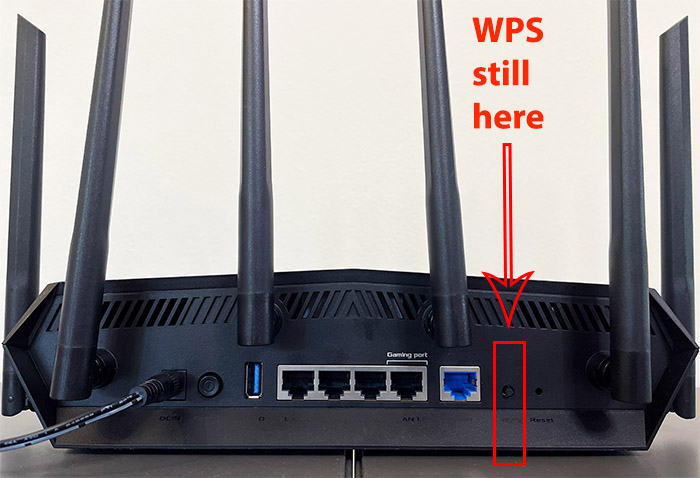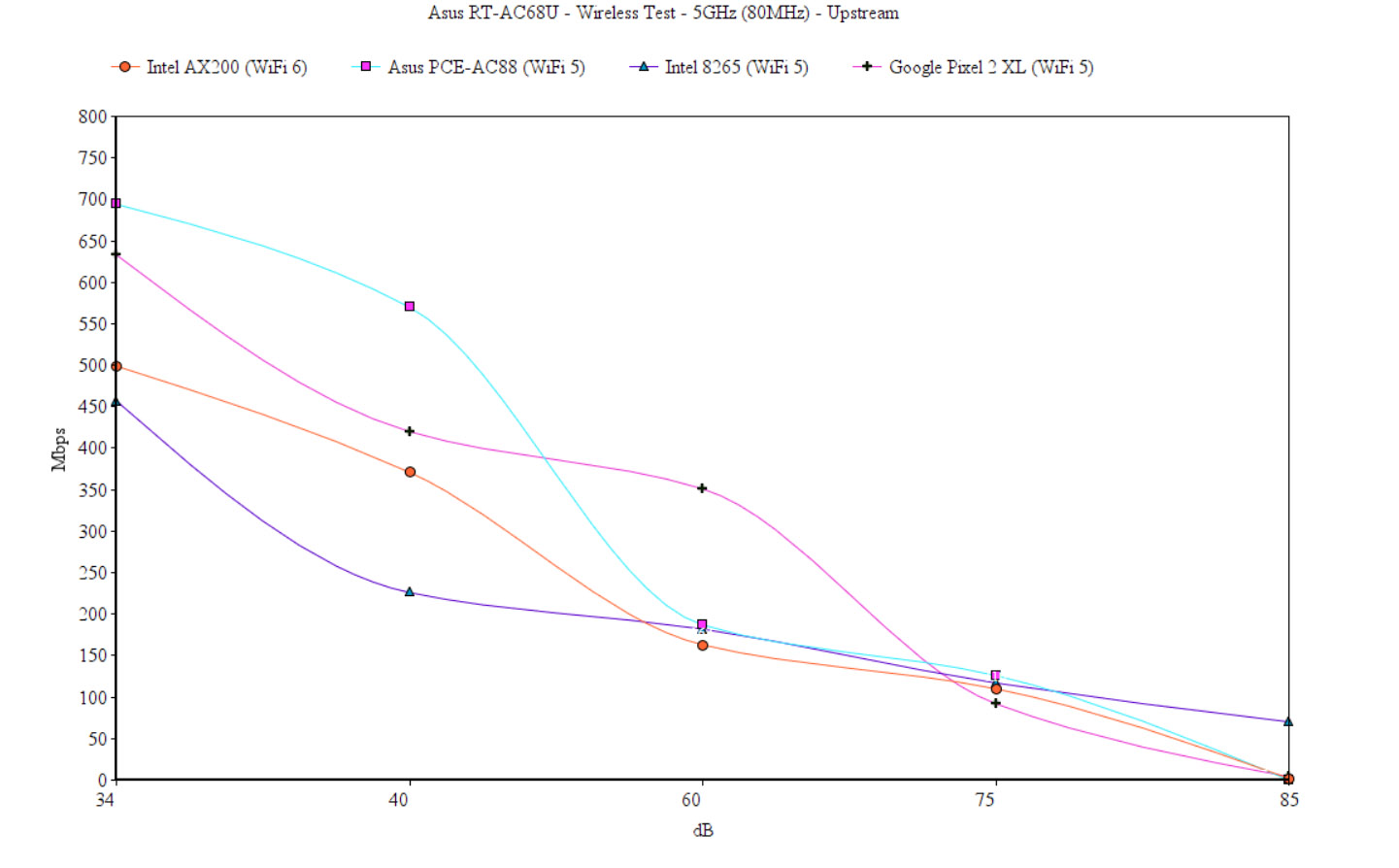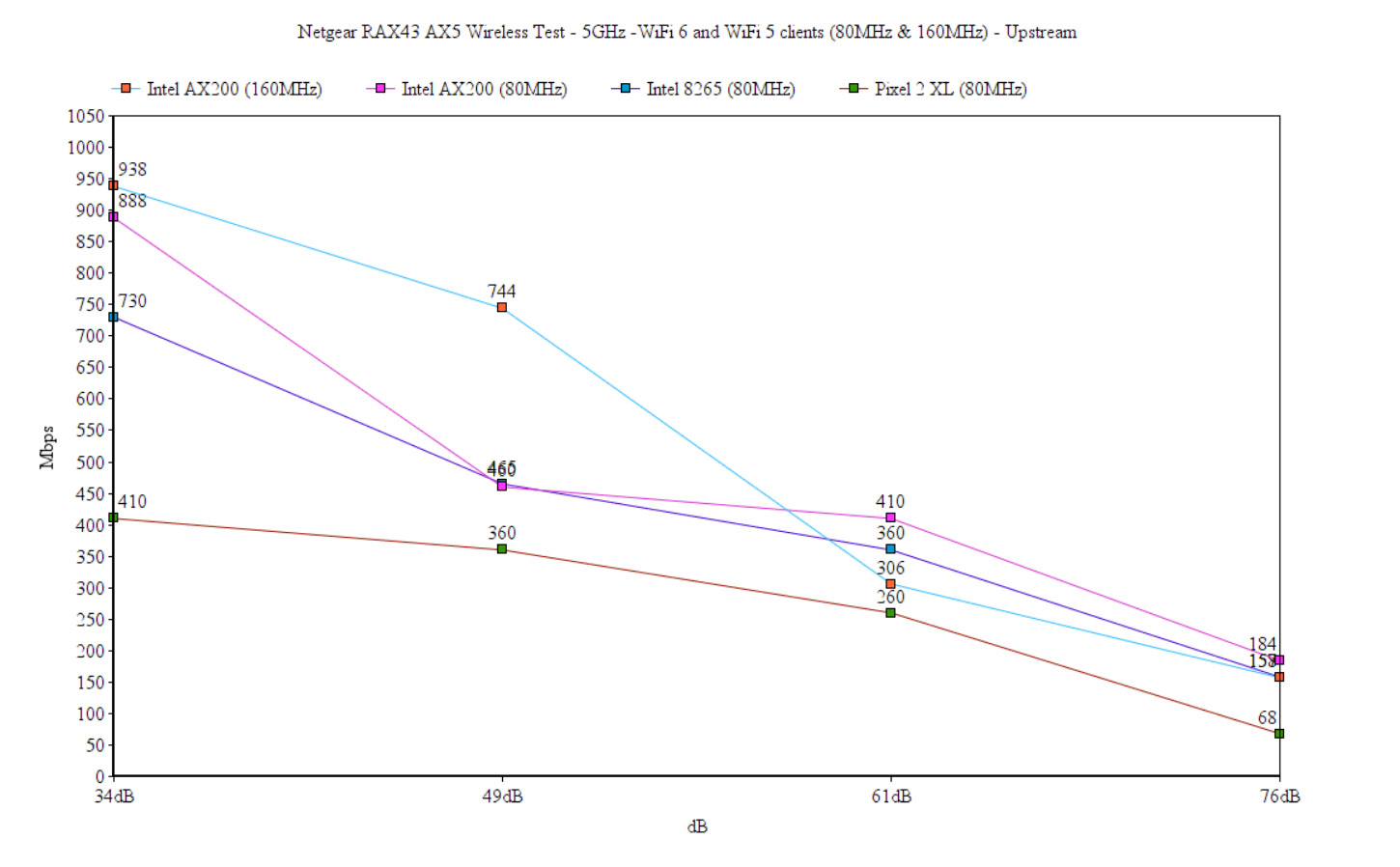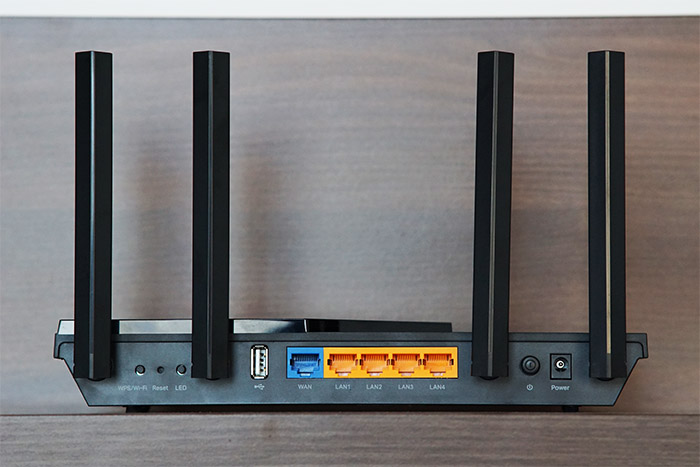It wasn’t until recently that I thought about the effective WPS range and if it matters how far it travels, after I was asked about it by an acquaintance. And, of course, the first instinct is to ask why do you use WPS at all? Especially today when we know perfectly clear about the risks. But yes, WPS is still a thing and it won’t go away due to its simplicity and for those of you who are unfamiliar with it, it’s actually a very convenient technology.
So, what is WPS? And why is it risky to use it?
The WiFi Protected (WPS) was designed to simplify the way the users connect their devices to the local network by relying on various means, such as a push button or a PIN, so you don’t have to insert the SSID and password on all your devices after you purchased a new router. And I have talked a bit about it about three years ago, where I also highlighted the risks. In short, the PIN number that’s associated with the WPS process (between the sender and the receiver) is vulnerable to brute force attacks. It’s something like 11,000 guesses to retrieve the passkey, which is a ridiculously small number.
Also, it’s very easy to make your network vulnerable to the Man-in-the-Middle attacks. Then again, this sort of attack is possible even without WPS enabled, due to the authentication methods used between devices and the WPA2 has also shown its weaknesses over the years. But, WPS remains a door that can easily be opened by banal intrusion techniques, so it’s better to leave it disabled on your router, if possible.
And this is where the question on whether one can be safe to use WPS if they can be sure that the signal doesn’t reach farther than the perimeter of their own home.

How far does the WPS signal reach? What’s the WPS range?
Since the WPS essentially uses the radios that are already installed into the router, the WPS range should be just about the same as how far the regular WiFi network can reach. I haven’t really found any information that may suggest otherwise since there doesn’t seem to be any algorithm in place to artificially limit the signal strength when the WPS pairing is enabled. I mean, it’s possible to manually limit the signal strength on some routers (that still have advanced settings in place), but at that point, why would you even bother with WPS. You’re clearly tech savvy, so just add the devices manually to the network.
To not deviate from the question, I took two routers that I personally tested, the first is the Asus RT-AC68U, a WiFi 5 router and the second is Netgear Nighthawk RAX43, a WiFi 6 router. Depending on the client device, the Asus RT-AC68U signal gets unreliable after it passes -85dB or, in my case, over 70 feet from the router.

These results were captured when I was using the 5GHz network, while on the 2.4GHz network, the signal started to fade after about -75dB, or close to 65-70 feet from the router. Unless you live on a very large property, your neighbors will see your WiFi signal.
That’s also the case with the Netgear RAX43 because the signal gets unreliable after passing -75dB on both the 2.4GHz and 5GHz network. So, despite having a somewhat more limited range, it’s still powerful enough to irradiate outside of your home. And that’s the case with most routers that are available on the market.

Can your neighbors connect to your network when WPS is active?
Ignoring the obvious risks of the WPS and the people that intentionally exploit its weaknesses, is it possible for your neighbor to connect its devices to your network while WPS is active? Most modern routers that still have WPS available have a timer of about 2 minutes, so within that time, you need to push the button on the router and on the device that supports WPS. Unless your neighbor knows that you’re about to enable this function, then there is a very small chance that they could connect to your router.
Is there a chance that the WPS will remain always available for others to connect to? The WPS process should automatically disable itself after you have connected one device and, as I already mentioned, it’s usually on a timer, so it will turn itself off without any input after a couple of minutes.
Is WPA3 more reliable for WPS?
We know that WPA3 is far more secure than WPA2 and there are a few new technologies, such as Easy Connect that are a better alternative to the WPS. But do know that WPA3 will not work with WPS (Asus has even stated it clearly). Also, in case you have a router that uses WPA3, it is possible that not all your client devices are compatible with it, so they may go offline and remain like that until you switch to WPA2. So, even if it’s not brand new, WPA3 will take a long time before it will be fully implemented and, while it can solve the problems with WPS, it is not currently a solution for the large majority of users.
In conclusion, we now know that the WPS signal can travel outside your home, we also know that it remains unreliable and you should not bother using it. And if the router manufacturer hasn’t removed it from the feature set, make sure it stays disabled (at the very least). On the bright side, the WPA3 and the Easy Connect do look promising and I hope we will see a quicker mass adoption of these protocols.

Mark is a graduate in Computer Science, having gathered valuable experience over the years working in IT as a programmer. Mark is also the main tech writer for MBReviews.com, covering not only his passion, the networking devices, but also other cool electronic gadgets that you may find useful for your every day life.

